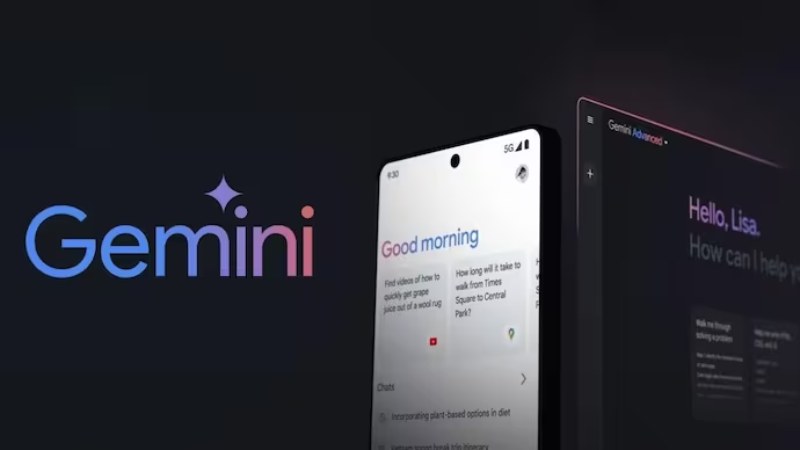Alphabet’s Google launched the most recent version of its voice assistant on the widely used mobile operating system on Thursday with the launching of a smartphone app for its AI chatbot on Apple’s App Store.
Gemini Live, a voice-based function that enables users to have organic conversations with the chatbot, will be available in the new Gemini app. Apple has already stated that it will integrate ChatGPT from OpenAI into an updated Siri voice assistant.
“It’s great for when you want to practice for an upcoming interview, ask for advice on things to do in a new city, or brainstorm and develop creative ideas,” Google senior director of product management Brian Marquardt said in a statement.
Gemini is Google’s response to ChatGPT, the well-known app created by OpenAI, a company supported by Microsoft. It was first released by Google in February 2023 under the name Bard, and as it has weathered controversies, it has added more features.
Google first implemented the voice capability on phones running Android, its own mobile operating system, after announcing it at an event in August.
Large language models have sparked technological advancements in AI, leading to the development of a new generation of voice assistants that are significantly more powerful than Google Assistant, Apple’s Siri, and Amazon’s Alexa.
Assistant, which has been around for eight years and was developed with outdated AI technology, has been replaced by Google’s Gemini Live.
As part of a restructuring to “become more efficient,” hundreds of Voice Assistant team members were let off in January, according to a company representative at the time.
Since then, Google has further consolidated. In an effort to increase efficiency, CEO Sundar Pichai last month merged the Gemini app team into DeepMind, its AI research center.
According to a Reuters story this week, DeepMind is one of the research institutions using novel methods to enhance AI models as the conventional strategy of creating ever-larger models has encountered unforeseen setbacks and difficulties.


